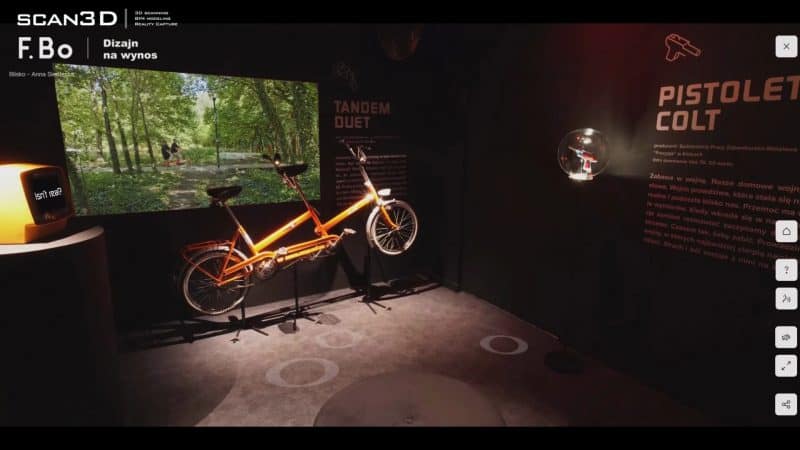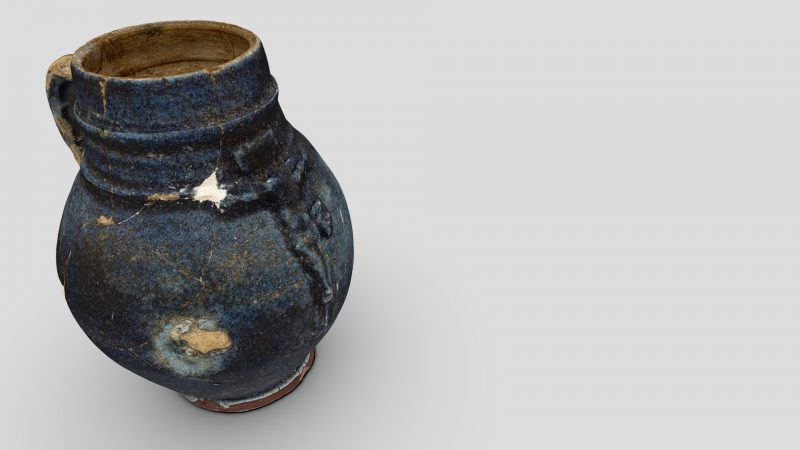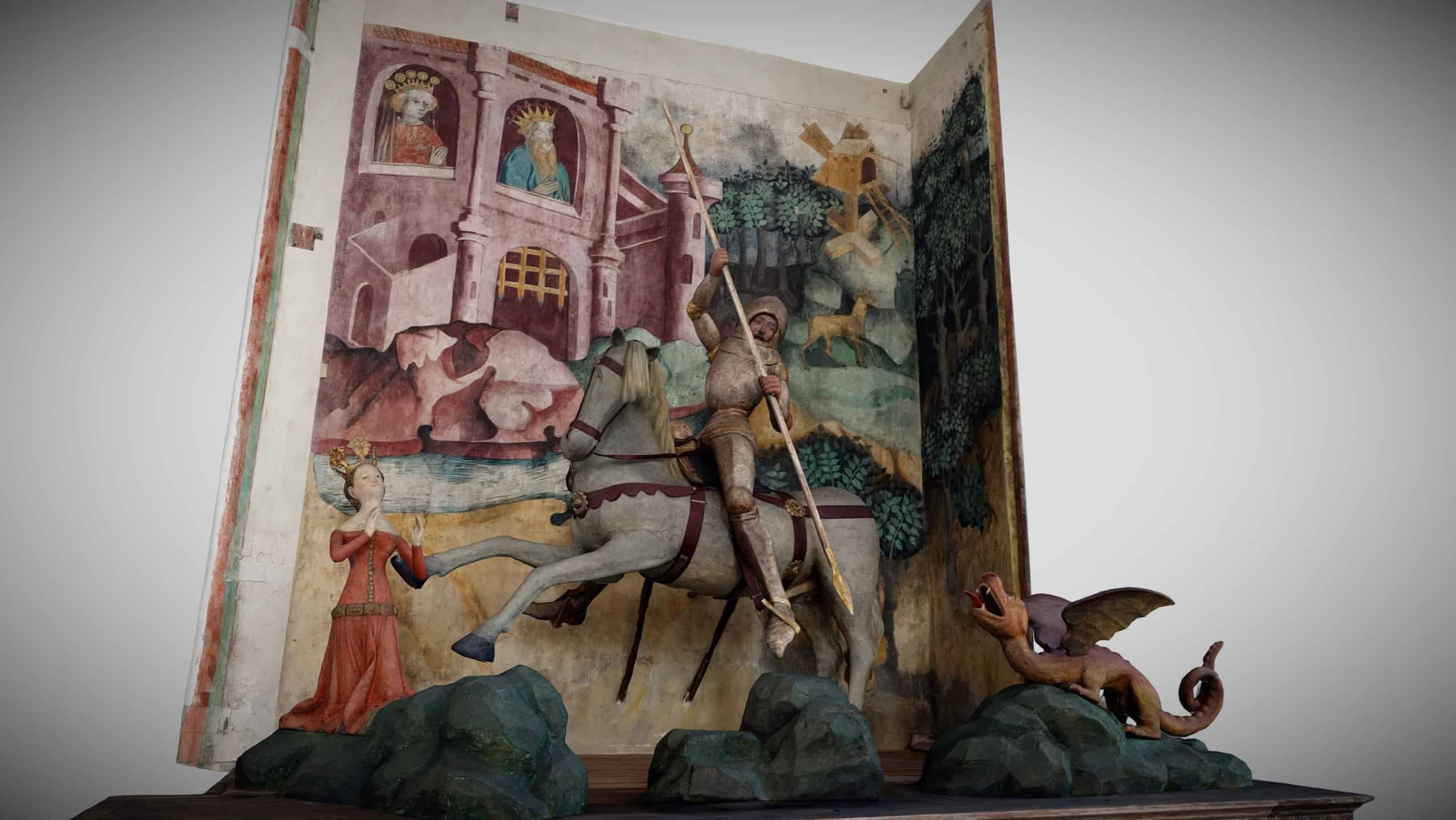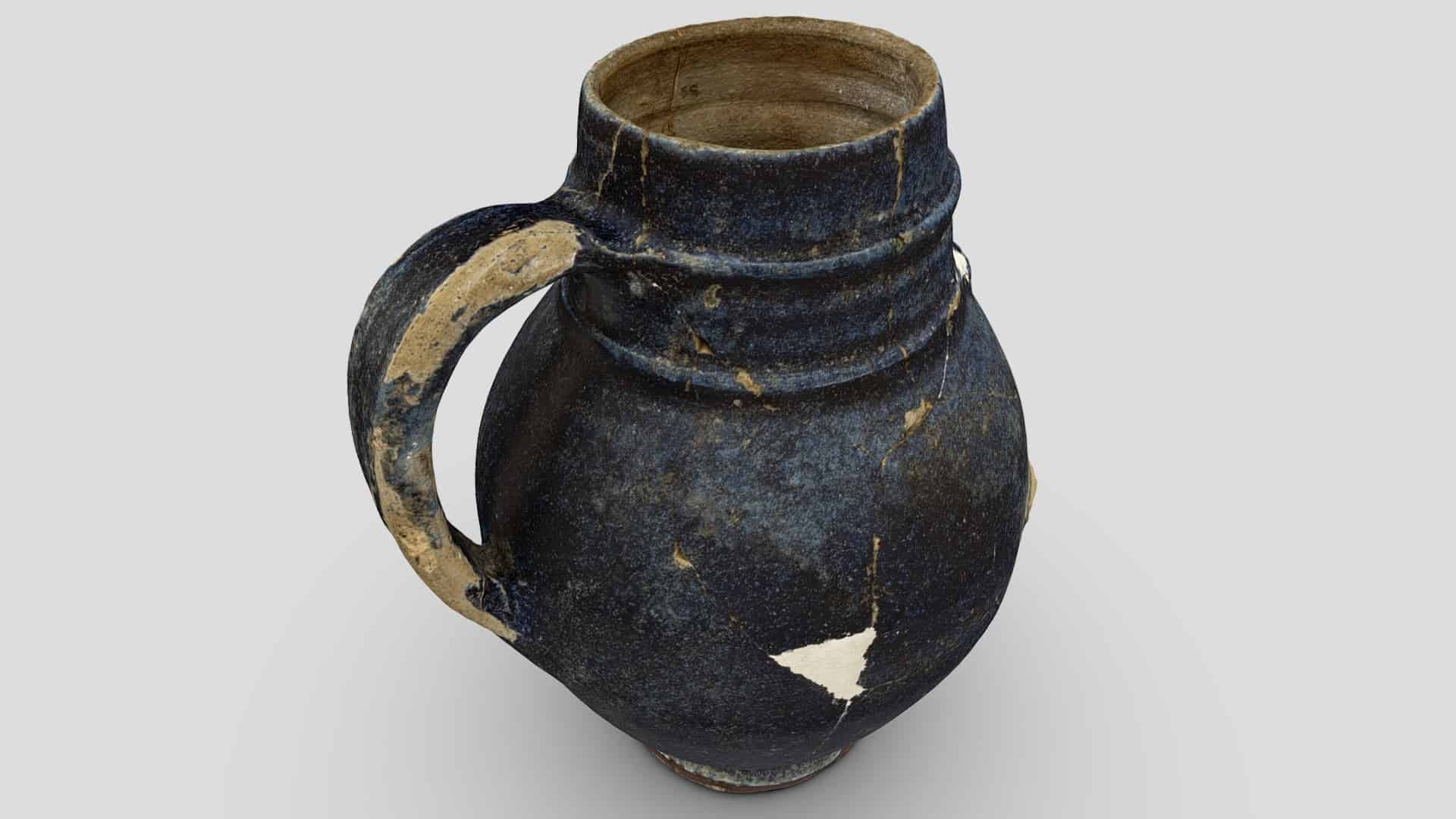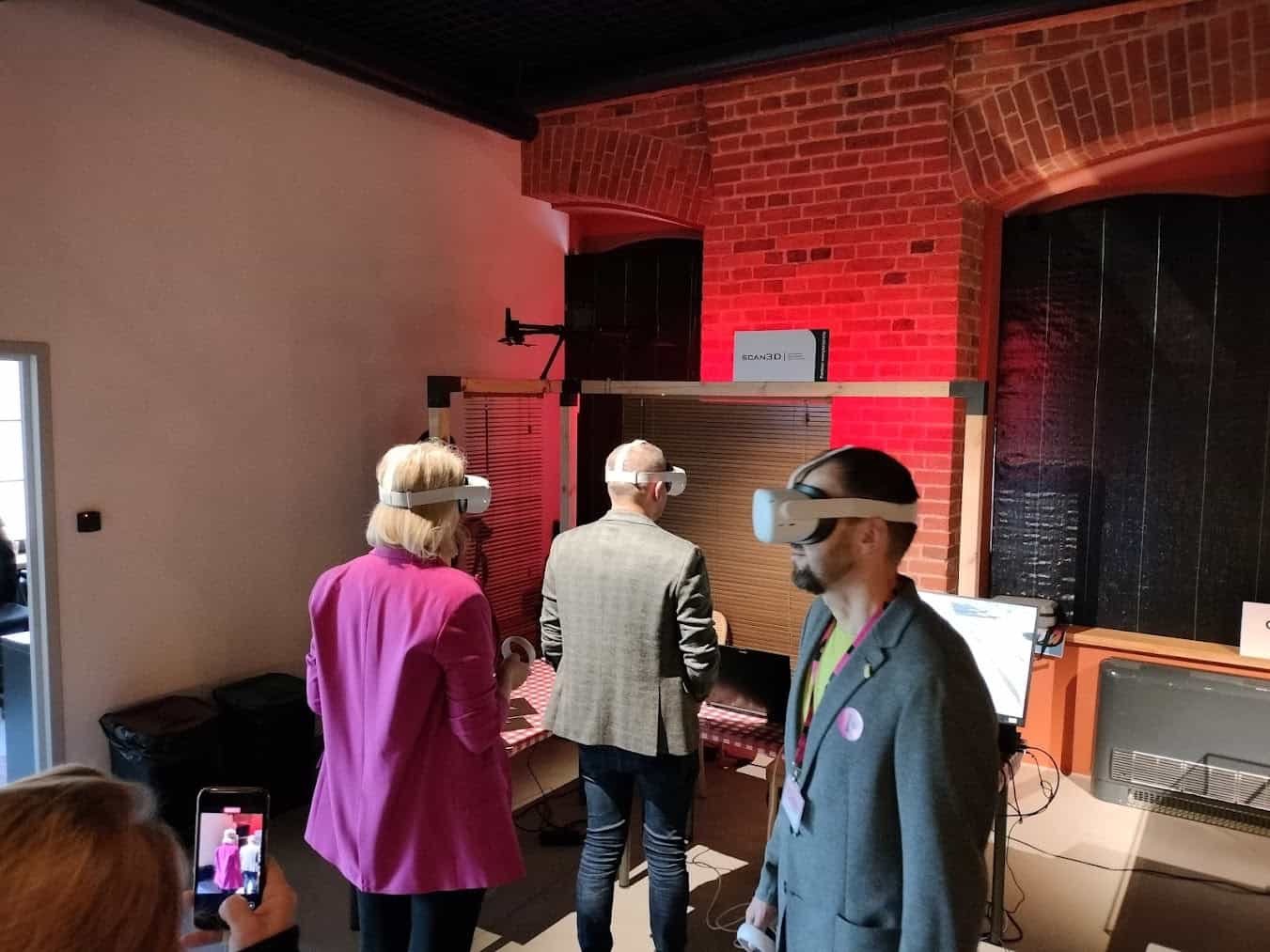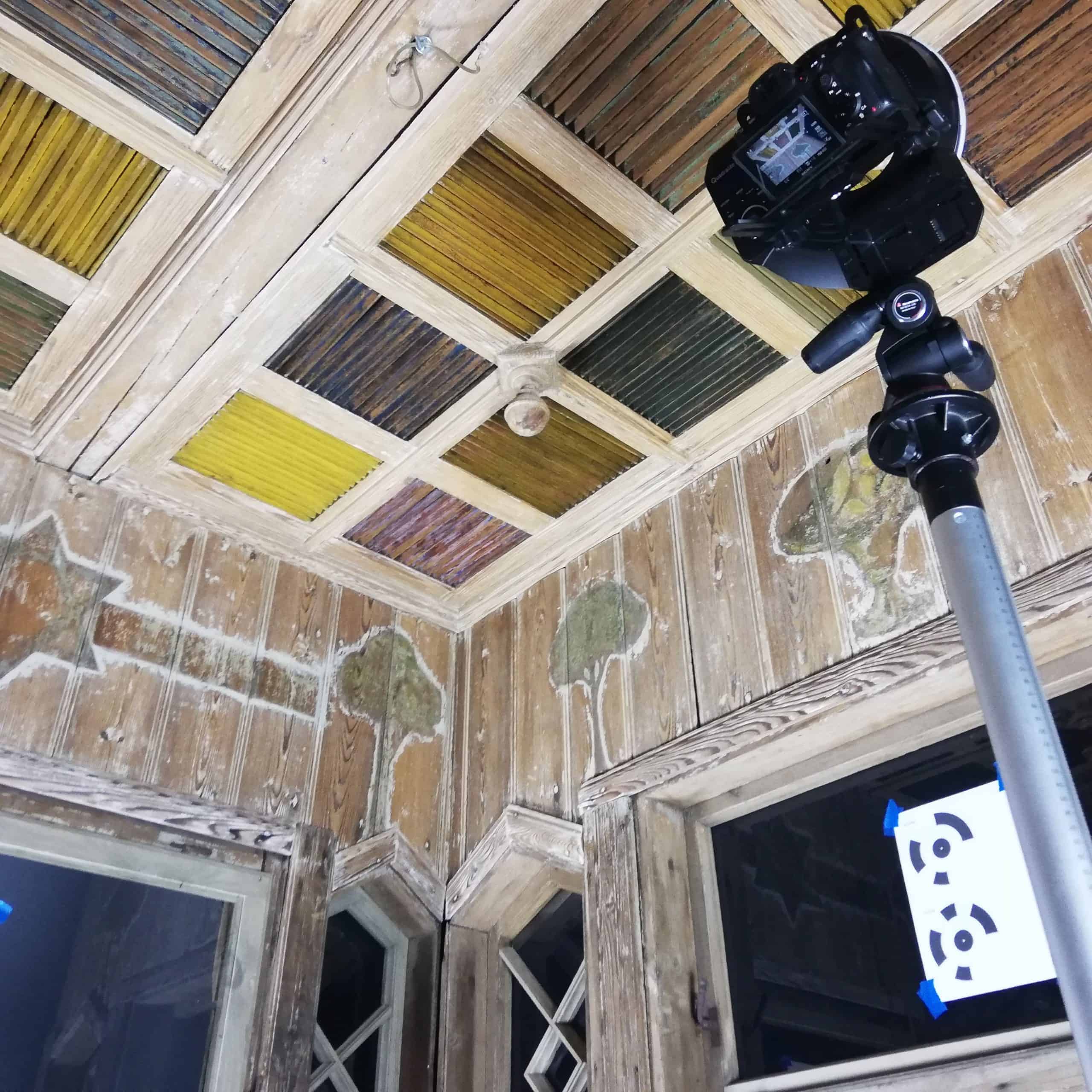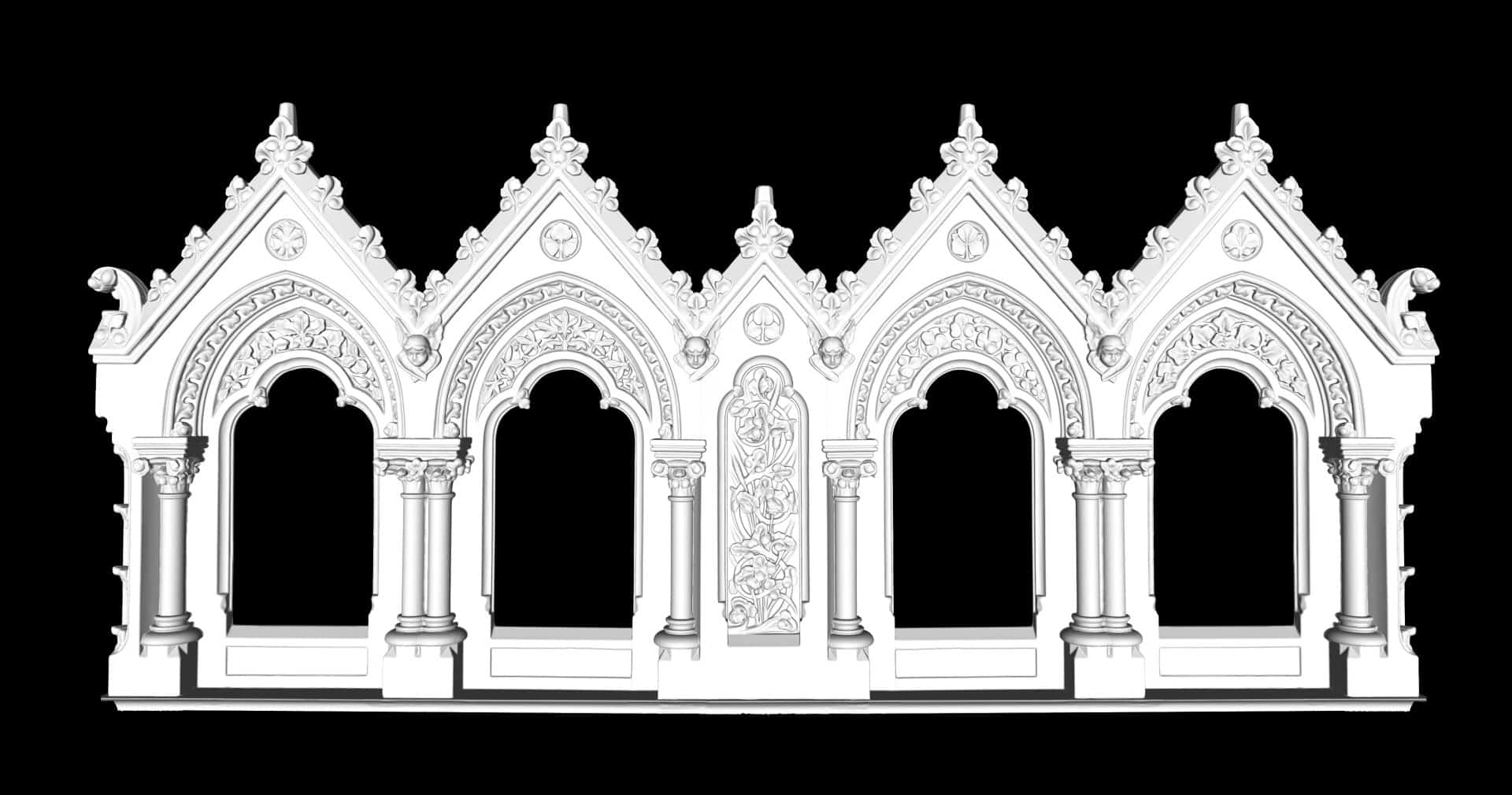Data acquisition
We obtain spatial data for 3D digitalization in accordance with the NIMOZ guidelines contained, among others, in the “Catalogue of Good Practices of Digitization of Museum Objects”. In this type of work, we mainly use photogrammetry, i.e., collecting data about the object using high-resolution digital photos. Thanks to them, we obtain the exact geometry, photorealistic texture and colours of the set. In the data acquisition process, we are also supported by Artec Eva and Spider optical scanners as well as LED structured light scanners.
